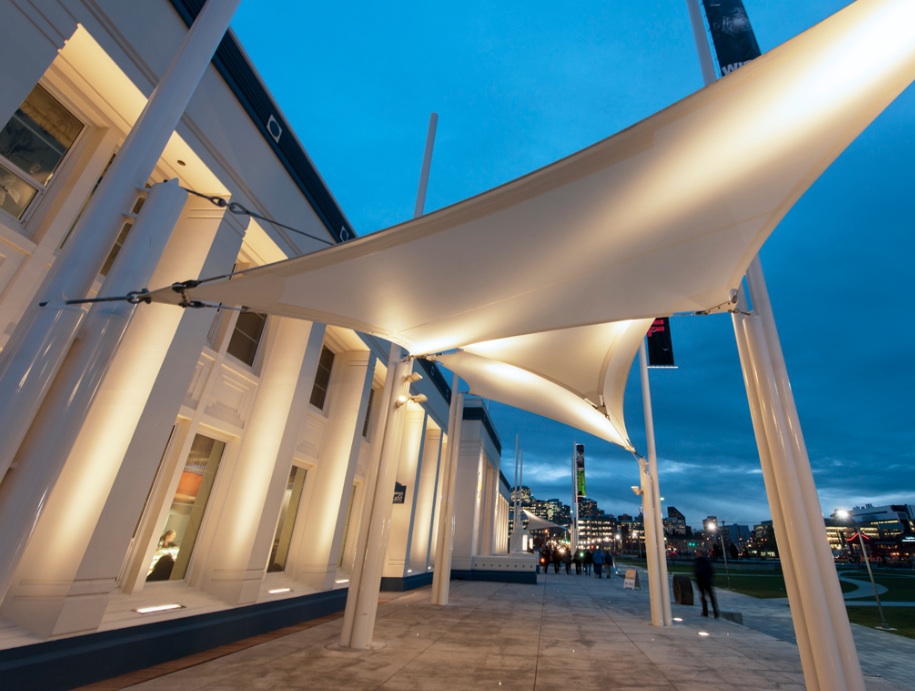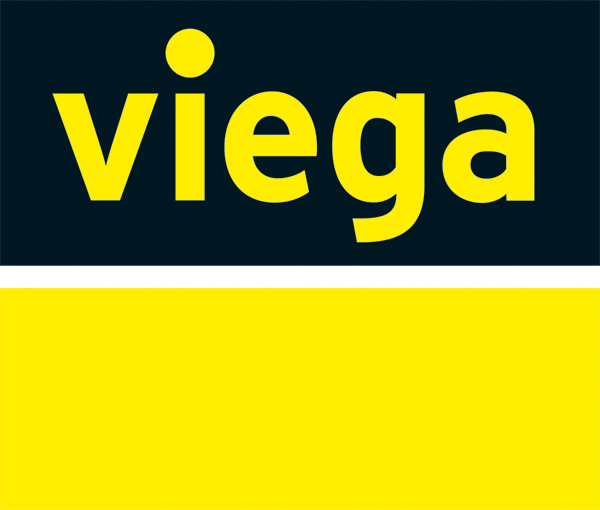Following solid revenue growth in 2013, the majority of U.S.-based engineering and engineering/architecture (EA) firms expect more of the same this year, according to BD+C’s 2014 Giants 300 report. Of the 68 engineering and EA firms that reported a forecast for 2014, 56 companies expect revenue to be higher, with the average growth rate at nearly double digits (9.1%). The same group saw revenue increase 16% on average in 2013.
As the green building movement shifts focus from the new construction sector to existing buildings, engineering firms are well positioned to capitalize on the influx of dollars heading into the reconstruction and retrofit markets. Firms, in turn, are adding services like commissioning (BECx, Cx, and RCx), energy retrofit design, energy auditing, energy modeling, and facilities management consulting in an effort to cater to this growing segment.
San Francisco-based Mazzetti is seeing growth from its recently launched facilities management consulting business, especially on the East Coast. The firm works directly with building owners and their facilities teams to assess how their facilities can operate more efficiently. Mazzetti also advises owners on the best ROI in terms of equipment replacement or repair.
TOP ENGINEERING FIRMS
2013 Engineering Revenue ($)
1 Fluor Corporation $585,150,000
2 Arup 136,464,506
3 Day & Zimmermann 130,576,072
4 WSP Group 124,400,000
5 Affiliated Engineers 104,121,000
6 KPFF Consulting Engineers 94,025,000
7 Syska Hennessy Group 93,902,508
8 Vanderweil Engineers 80,334,000
9 Simpson Gumpertz & Heger 71,640,000
10 AKF Group 67,487,000
SEE FULL LIST
TOP ENGINEERING/ARCHITECTURE FIRMS
2013 EA Revenue ($)
1 Jacobs $3,684,260,000
2 AECOM Technology Corp. 1,769,120,000
3 Parsons Brinckerhoff 316,350,284
4 URS Corp. 280,333,336
5 Burns & McDonnell 160,922,332
6 Thornton Tomasetti 145,038,225
7 SSOE Group 114,501,762
8 CRB 96,860,000
9 Wiss, Janney, Elstner Associates 88,887,000
10 Dewberry 78,770,181
SEE FULL LIST
“We often grow this relationship into more of a capital planning consultant role,” says Walt Vernon, PE, LEED AP, EDAC, Principal and CEO of Mazzetti. “The results are that we have significantly grown our Nashville office, because we’ve increased our work. We’ve hired specialists in this area, which creates a new service line for us.”
Giants 300 coverage of Engineering Firms brought to you by Viega www.viega.us
For TLC Engineering for Architecture, increased emphasis on energy and water services, especially energy audits, is paying dividends. The firm has dedicated staff in each operating unit to focus on these services, with huge success, according to the firm’s CEO and Chairman, Debra A. Lupton, AIA, LEED AP BD+C.
Seeing a growth in demand for water design services, Magnusson Klemencic Associates developed its proprietary Strategic Water Planning tool (http://tinyurl.com/MKAwater) to aid in the assessment and optimization of a project’s global water supplies and demands. The tool takes into account the characteristics of a project—including the site, building type, size, and location—to provide a comprehensive, holistic, and accessible picture of water inputs and outputs, such as stormwater runoff, precipitation, wastewater, evaporation, potable water, and ground infiltration.
The firm has utilized the tool to develop net-zero-water design schemes for several projects, including the Sylvan Theatre at the base of the Washington Monument in Washington D.C.
BIM/VDC/IPD GROWTH
Advanced project modeling and team collaboration continue to play a vital role on engineering projects. More than three-quarters (76%) of the engineering firms that participated in the Giants 300 survey reported at least some design revenue from BIM/VDC-driven building projects. These firms report that, on average, 47% of their total design billings in 2013 were derived from BIM/VDC-driven projects.
Several firms reported innovations in this area:
HNTB has developed a BIM workflow that allows its aviation clients to quickly transfer both geometric and non-geometric data from a project’s BIM model directly into their facility management system, like Tivoli Maximo Asset Management. The process was employed most recently on the Denver International Airport’s Hotel and Transit Center Program. The facilities team plans to use the BIM data for ongoing operations and maintenance management, as well as feasibility studies and planning for future projects on the site.
The firm’s sports practice launched a fully parametric design tool that replaces its 2D bowl and sightline design program. The new tool allows for fast, dynamic design iteration in a 3D BIM environment.
Thornton Tomasetti, through its Core Studio computational modeling and R&D group, has developed dozens of breakthrough engineering design and analysis tools, including a cloud-based, rapid-iterative design program (see BIM Giants section, page 54), building performance analysis software, and a series of custom plug-ins for commercially available BIM/VDC/CAD tools. Custom plug-ins include a parameter explorer, a suite of automated drawing production tools, and programs that check and improve the accuracy and quality of BIM models. Core Studio also builds physical prototypes using its in-house 3D printer.
Robins & Morton is carving out a niche in the emerging integrated project delivery (IPD) field. The construction and engineering giant has worked on four pure IPD projects with multi-party agreements—including the Alfond Center for Health at MaineGeneral Medical Center in Augusta, Maine, a BD+C 2014 Building Team Award winner—and completed 44 projects utilizing many of the elements and management practices of the IPD approach.
Read BD+C's full 2014 Giants 300 Report
Related Stories
Mass Timber | Jan 27, 2023
How to set up your next mass timber construction project for success
XL Construction co-founder Dave Beck shares important preconstruction steps for designing and building mass timber buildings.
Sports and Recreational Facilities | Jan 26, 2023
Miami’s motorsport ‘country club’ to build sleek events center
Designed by renowned Italian design firm Pininfarina and with Revuelta as architect, The Event Campus at The Concours Club will be the first and only motorsport-based event campus located within minutes of a major metro area.
Student Housing | Jan 26, 2023
6 ways 'choice architecture' enhances student well-being in residence halls
The environments we build and inhabit shape our lives and the choices we make. NAC Architecture's Lauren Scranton shares six strategies for enhancing well-being in residence halls.
K-12 Schools | Jan 25, 2023
As gun incidents grow, schools have beefed up security significantly in recent years
Recently released federal data shows that U.S. schools have significantly raised security measures in recent years. About two-thirds of public schools now control access to school grounds—not just the building—up from about half in the 2017-18 school year.
AEC Tech Innovation | Jan 24, 2023
ConTech investment weathered last year’s shaky economy
Investment in construction technology (ConTech) hit $5.38 billion last year (less than a 1% falloff compared to 2021) from 228 deals, according to CEMEX Ventures’ estimates. The firm announced its top 50 construction technology startups of 2023.
Sports and Recreational Facilities | Jan 24, 2023
Nashville boasts the largest soccer-specific stadium in the U.S. and Canada
At 30,105 seats and 530,000 sf, GEODIS Park, which opened in 2022, is the largest soccer-specific stadium in the U.S. and Canada. Created by design firms Populous and HASTINGS in collaboration with the Metro Nashville Sports Authority, GEODIS Park serves as the home of the Nashville Soccer Club as well as a venue for performances and events.
Concrete | Jan 24, 2023
Researchers investigate ancient Roman concrete to make durable, lower carbon mortar
Researchers have turned to an ancient Roman concrete recipe to develop more durable concrete that lasts for centuries and can potentially reduce the carbon impact of the built environment.
Architects | Jan 23, 2023
PSMJ report: The fed’s wrecking ball is hitting the private construction sector
Inflation may be starting to show some signs of cooling, but the Fed isn’t backing down anytime soon and the impact is becoming more noticeable in the architecture, engineering, and construction (A/E/C) space. The overall A/E/C outlook continues a downward trend and this is driven largely by the freefall happening in key private-sector markets.
Multifamily Housing | Jan 23, 2023
Long Beach, Calif., office tower converted to market rate multifamily housing
A project to convert an underperforming mid-century office tower in Long Beach, Calif., created badly needed market rate housing with a significantly lowered carbon footprint. The adaptive reuse project, composed of 203,177 sf including parking, created 106 apartment units out of a Class B office building that had been vacant for about 10 years.
Hotel Facilities | Jan 23, 2023
U.S. hotel construction pipeline up 14% to close out 2022
At the end of 2022’s fourth quarter, the U.S. construction pipeline was up 14% by projects and 12% by rooms year-over-year, according to Lodging Econometrics.


















